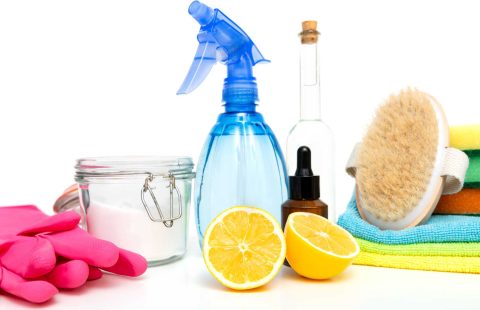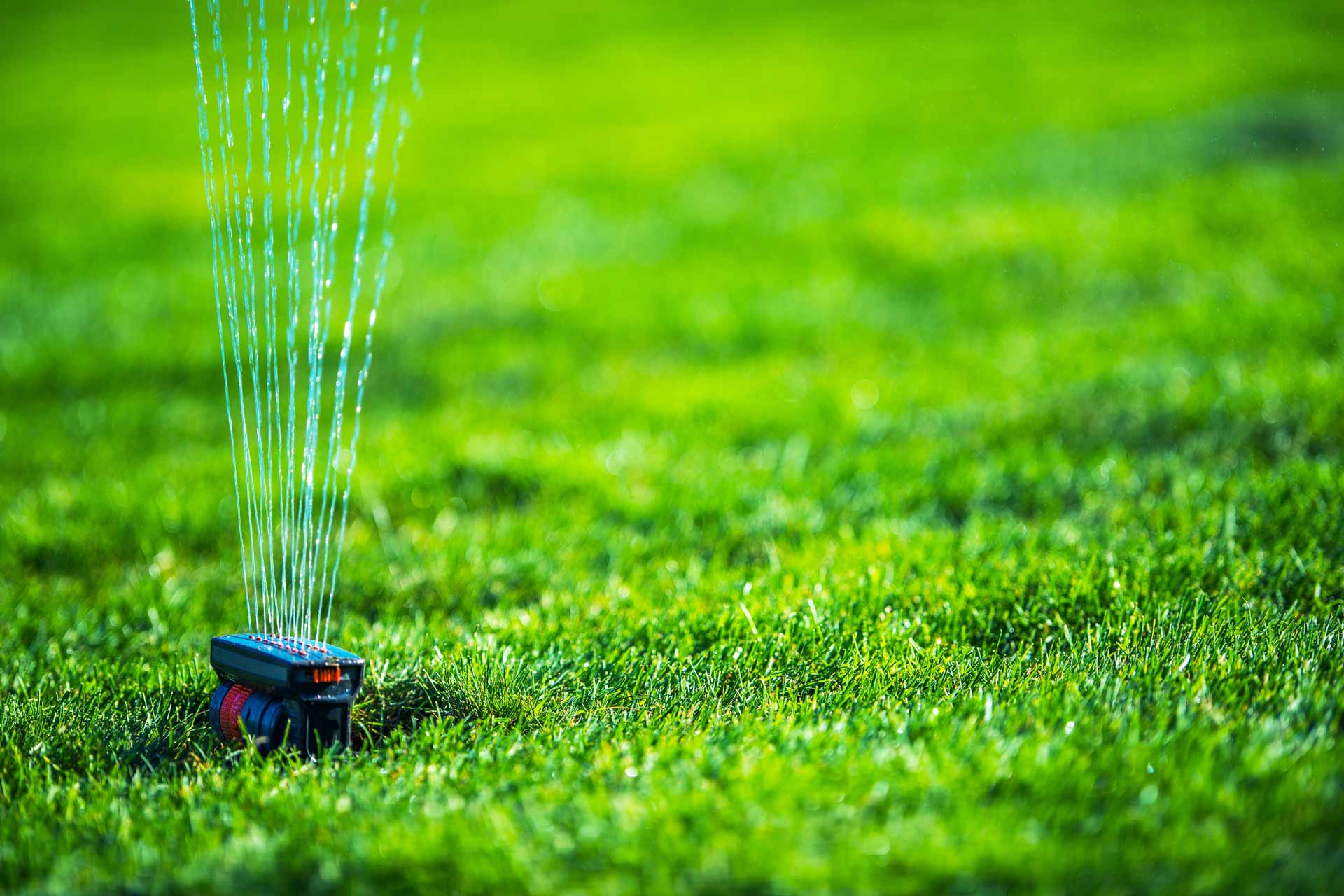For many homeowners having a vibrant, well-maintained lawn is a way to show guests and neighbours that their home is well-cared for and radiates pride of ownership. But with the growing demands for water during the summer months, many homeowners also wrestle with reducing their water consumption. Below we outline 5 ways to save water while maintaining a lawn as green as the fairway at the golf club.
1. Set Your Lawnmower
Mowing your grass at the proper height is very important to the overall health of your turf. A lawn that is cut too short, can stifle root growth limiting the grass’s ability to find and absorb water and nutrients. Longer grass helps shade the soil letting it retain its moisture longer and keeping the grass hydrated. Clipping only the top one-third of your lawn will keep your blades healthy and allow them to grow a deeper root system, which also obstructs weeds from growing.
2. Aerate Your Lawn
Aeration is the process of poking holes in your lawn loosening up the soil and allowing the ground to absorb more water and hold it longer. Look to your high traffic areas for signs that your lawn may need to be aerated. If these high traffic areas begin to develop bald spots and expose the dirt, this is an indicator that aeration is needed. Look to aerate your lawn in the spring, but avoid doing so after heavy rainfall. For a small lawn, you can use a small coring tool, for larger yards you can rent a power lawn aerator from your local hardware store or higher landscaper to take care of the job.
3. Install an Irrigation System
A professionally installed irrigation system can save time and water as it runs on a set schedule. Many irrigation systems can be equipped with rain sensors and soil monitors to ensure the system doesn’t run during or right after any significant rainfall. After all mother nature does a pretty good job keeping our lawns watered in many areas of the country.
4. When and How Long
For the healthiest lawn, it is recommended to water deeply and more infrequently versus watering for short periods more often. This is because moist soil promotes deeper root growth and can withstand hot spells much better. 1-2 inches of water a week is all that is required to maintain a healthy lawn. Early morning is the best time to water your lawn as it gives time for the water to seep into the ground and limits evaporation causing the summer heat.
5. Inspect Your Irrigation System
Run a test on your irrigation system in early spring, look out for any broken heads or damaged sprinkler lines. Run each zone separately and monitor the spray zones ensuring all areas of your lawn are covered but also that you are not watering hardscapes such as your driveway or the road. A quick inspection a few times in the summer will also help conserve water and eliminate any issues from causing water to literally go down the drain. If you don’t have an irrigation system ensuring you set your sprinkler properly will also prevent excess water usage due to runoff from hardscapes.
Utilizing the simple tips above will not only ensure your lawn is healthy and eye-catching, but it can prevent excess water usage and water waste.










